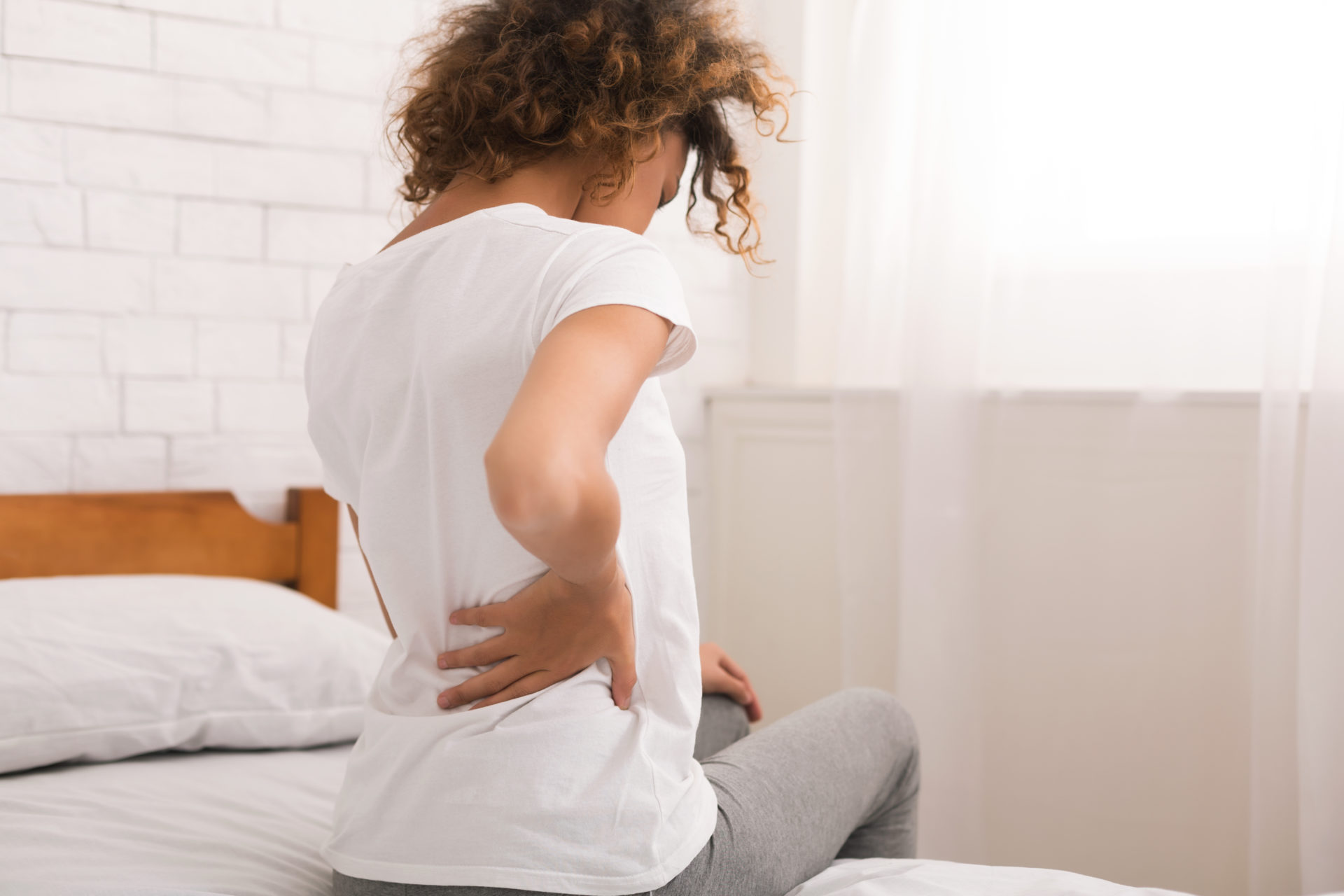
Does Yoga Help Low Back Pain?
“You are only as old as your spine is flexible.”
– Ancient Chinese Proverb
Historically, yoga has been divided into several categories—pre-classical, classical, post-classical, and modern. The pre-classical through post-classical periods of yoga were centered around simulation of archetypes, breathing, and mental awakening and enlightenment through mindfulness. The modern period of yoga began in the late 1800’s with Hatha yoga gaining prominence in the 1920’s and 30’s and its association with Krishnamacharya and three of his pupils – B.K.S. Iyengar, T.K.V. Desikachar, and Pattabhi Jois. Fast forward one hundred years later to 2018, and many different types of yoga exist today. Vinyasa yoga is one of the most common forms of yoga practiced in the United States. This style of yoga links breath with movement through various postures (asanas). A well-balanced yoga practice involves movement of the spine in all directions (flexion, extension, lateral bending, and rotation).
An estimated 80% of people will experience back pain at some point in their lives. Back pain is triggered by a number of factors including, an injury, bad posture, lifting incorrectly, degenerative disease, slipped disc, scoliosis, and more. Most cases of acute low back pain will improve within a few weeks or months, but some people experience chronic pain.
When you have an injury and seek medical attention, have you ever noticed that physicians have specialties that look at body parts independently? For example, you might see a different Orthopedic doctor for your hand than one who treats your shoulder and elbow. That’s because traditional Western medicine diagnoses and treats a patient’s symptoms by evaluating parts of the body separately, rather than the whole person. Western medicine is known for using manufactured medications, surgeries, and modern technologies to diagnose and treat. In recent years, this concept is shifting towards a more holistic approach. Today, healthcare providers are completing their training programs with a better understanding of the body’s need for movement, especially the spine. It has become even more prevalent that complimentary and alternative treatment options are an important part of any therapy plan. For acute injuries involving the lower back, it is now almost ubiquitous that patients will be referred out for physical therapy or chiropractic treatment. Home exercise plans are encouraged, however the kinds of exercise plans recommended remains elusive for many healthcare practitioners.

If I have lower back pain, is yoga right for me?
Yoga is effective for improving low back pain because many of the postures strengthen the muscles in the low back as well as the abdominals (primarily the transverse abdominis). The purpose of core (abdominal strengthening) is to provide support for the bones and lumbar discs in the spinal column. Many poses stretch and strengthen the hamstrings and quadratis lumborum muscles, which help create more mobility and stability in the hips and pelvis. Yoga also helps to increase blood flow, eliminate toxins and improves nourishment to the muscles and soft tissue in the lower back.
A recent article published in the medical journal Archives of Physical Medicine & Rehabilitation talks about the importance of yoga and low back pain. This pilot study indicates that people who experienced low back pain and practiced yoga improved faster, compared to the group of patients experienced low back pain and did not practice yoga. The improvements included reduced pain, less disability, and improved physical functioning.
Not all forms of yoga are equal when it comes to low back pain. Yin yoga is a style better suited for acute low back injuries. Yin yoga is a form of Hatha yoga that focuses on passive stretching where holds last from three to ten minutes. This kind of stretching allows the deep connective tissue (fascia) that supports and surrounds the spine to be lengthened. A google search for yin yoga and low back pain on YouTube will provide examples of this kind of stretching that can be done for low back pain. Adding yoga to a home exercise plan will add life to your years, as the Chinese proverb indicates. While the type of exercise plan recommended by your healthcare provider may vary, most determine when it is safe, or not to begin a yoga practice. Always consult with your healthcare provider before starting a home exercise plan.
John East D.O. (Doctor of Osteopathic Medicine) and the providers at Addison Pain & Regenerative Medicine look at the person as a whole when considering diagnosis and treatment. If you are interested in finding out if yoga is appropriate for your back injury, please schedule an appointment by calling 972-380-0000. Dr. East is also a 200-hour RYT (registered yoga teacher) and dedicated yoga practitioner.
Visit the Addison Pain & Regenerative Medicine “Yoga Asana Lab” at the DFW Free Day of Yoga Dallas kick-off festival Saturday September 1 for an assessment if you are having pain or discomfort in your yoga practice.


